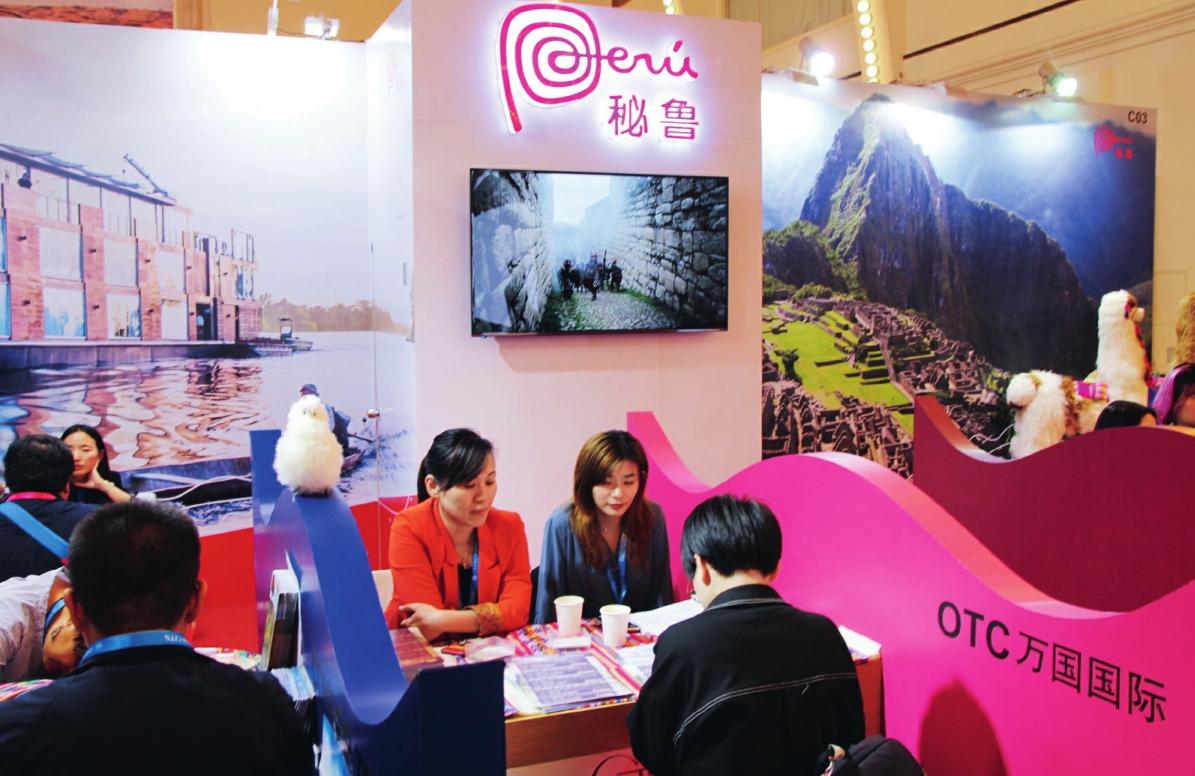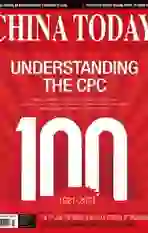China’s New Development Philosophy
2021-08-11ByJUANCARLOSCAPUAY
By JUAN CARLOS CAPU?AY

THIS year marks the first centenary of the founding of the Communist Party of China(CPC). The achievements made by China during the last 100 years are the result of the efforts of several generations of Chinese people under the leadership of the CPC, which has tasked itself with the mission to seek happiness for the Chinese people and rejuvenation for the Chinese nation since its birth.
It is worth mentioning that ever since its first national congress that was held in July 1921, the actions and purposes of the CPC have been linked to the progress of the great nation. The CPC leadership have been the central vector of the political and economic changes that China has experienced since the inception of the Peoples Republic and also been responsible for making it today the second largest economic power in the world. Among those deeds and feats accomplished by the CPC, the elimination of extreme poverty and the pursuit of better wellbeing for its population should be highlighted.
China now is seeing a more balanced development in its rural and urban areas. The country pays more attention to meeting the ever-growing economic, political, cultural, social, and ecological needs of its people, and promoting well-rounded human development and all-round social progress. While having eradicated extreme poverty, the country has also greatly improved the consumption level of its population, making it the largest consumer market for goods and services in the world. Its middle class of almost 400 million people has become the largest tourist source for the international tourism industry. These are among the greatest achievements made by the CPC while marking its centenary.
Role on the International Stage
It should be noted that while the country kicked off its 14th Five-Year Plan, its new development philosophy is becoming a determining factor in defining the countrys role on the international stage, as well as its contribution to the development of the world. Chinese President Xi Jinping, also general secretary of the CPC Central Committee, pointed out on many occasions that in the current circumstances impacted by the COVID-19 pandemic, joint action is necessary both in the field of epidemic control and that of economic reactivation. His vision underpins Chinas efforts to cooperate with the international community in its fight against the pandemic and revving up the global economy.
Chinas contribution includes supporting the multilateral framework as the best guarantee of an equitable distribution of necessary resources, so as to ensure many developing countries can also have available resources to overcome the effects of the pandemic, and its delivery of vaccines to those nations in need but lack funds to acquire them.
In the economic sphere, in addition to setting up free trade zones and further boosting development of special economic zones, President Xi Jinping in 2013 proposed the Belt and Road Initiative (BRI), a great connectivity scheme aimed at mutual benefit and common security by aligning development strategies of countries along the routes, improving facilities connectivity, financial integration, and people-to-people bonding, and realizing unimpeded trade.
It is not a single model to follow, but a grand conception and a framework based on cultural understandings for development purposes. In the case of Latin America, since 2015 there has been a proposal to create a “digital Silk Road” as the best pathway for connectivity with the goal of promoting cultural and academic exchanges, trade, and investment. President Xi Jinpings vision about development has not only inspired countries to face the scourges of the pandemic, but also helped promote the global economic revival.
During Chinas “Two Sessions” this year, its 14th Five-Year Plan (2021-2025) was adopted, which is a comprehensive plan for the countrys development during the coming five years, with new concepts introduced. It includes proposals aimed at speeding up the industrialization of agriculture, advancing urban sustainable development, promoting green industries, and encouraging the booming development of new technologies by taking technical innovation as a main engine for development. Moreover, whats very notable is the new development pattern of dual circulation recently introduced by the country, in which domestic and foreign markets can boost each other with the domestic market as the mainstay. It will become the new normal for Chinas economic development.
The plan maps out a blueprint for Chinas new journey toward the comprehensive building of a modern socialist country. In addition, its also a plan dedicated to further improving peoples daily life by promising to create more jobs. It accentuates the three major driving forces for the countrys development: scientific and technological innovation, the expansion of domestic demand, and reform and opening-up, which will help further unleash the vitality of the countrys huge market. According to the plan, China will promote the liberalization and facilitation of trade and investment, and steadily promote the openingup of financial sectors. Surely, the plan reflects the countrys development philosophy that emphasizes openness and inclusiveness, and also shows its determination to further opening-up instead of seeking protectionism, isolation, or decoupling in the face of new challenges.
A Well-Structured Relationship with Peru
Finally, Perus relations with China go beyond solely economic or political ties, and also factor in people-to-people exchanges, based on the fact that Chinas presence in Peru extends back to the time of the Shang Dynasty around 3,500 years ago, and also that Peru is home to the largest community of overseas Chinese in Latin America. This has allowed current relations between China and Peru to be perhaps the best structured in Perus international spectrum, based on the China-Peru Free Trade Agreement that formally took effective in 2010, the comprehensive strategic partnership established in 2013, and the 2016-2021 Joint Action Plan signed in 2016 between China and Peru. In each of them, there is a clear commitment at the governmental level, the active presence of private economic entities, and participation of the cultural and academic sectors. This provides a guarantee for the future development of the bilateral relations, regardless of the ups and downs of national policies.
An important aspect is the presence of the community of Chinese expats in Peru. The community is closely linked to southern China and this offers Peru a privileged advantage of participating in the development of Guangdong-Hong Kong and Macao Greater Bay Area and the special economic zones in the south of the country. Another important aspect is the multilateral and regional protocols that have been agreed upon by both countries. The presence of both countries in the APEC constitute the basis for their more active participation in the projects that the new scheme of the Regional Comprehensive Economic Partnership (RCEP) may develop, which will represent the largest space for free trade and investment in the world, to which Peru must be fully a part of.
The cooperation between the two governments and the friendship of the two peoples will continue to strengthen over time. It only remains for me to wish the Communist Party of China a happy centenary and also a happy 50th anniversary of the establishment of diplomatic relations between Peru and the Peoples Republic of China.
